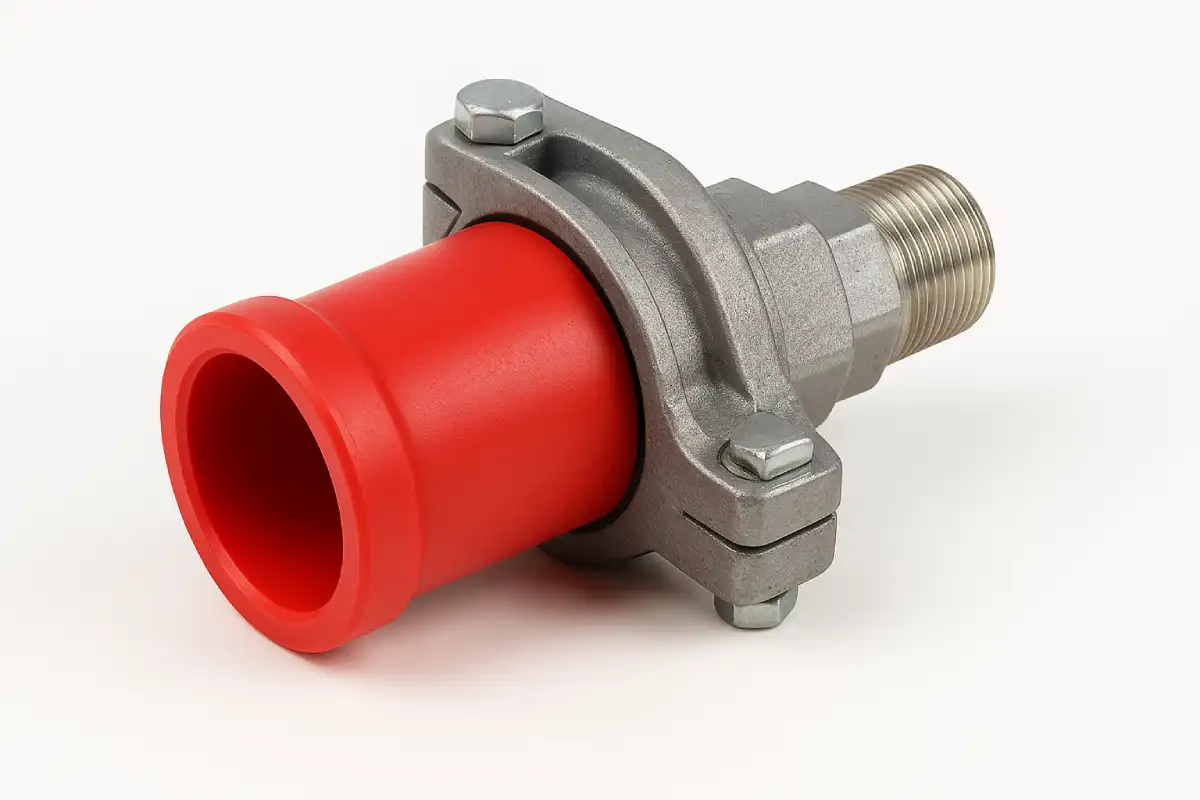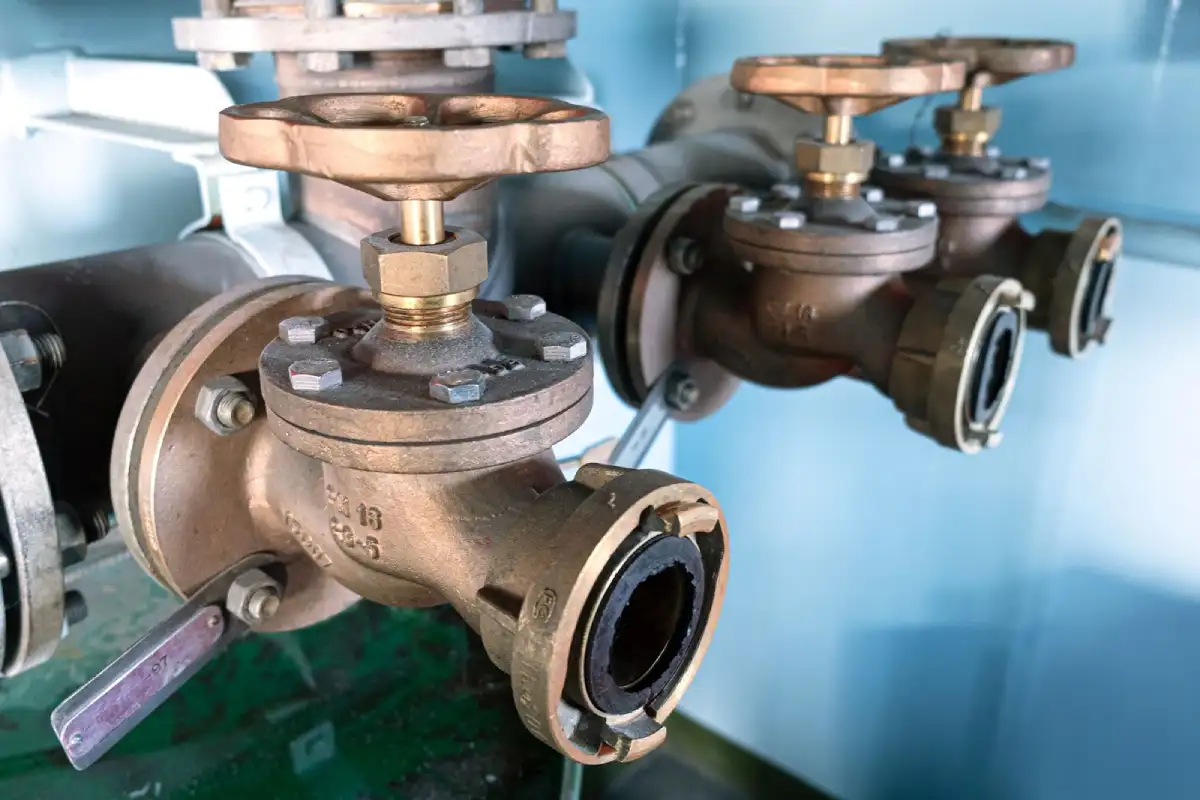

Polyurethane and rubber differ in durability, flexibility, and resistance to wear.
For manufacturers, it often comes down to the application. Some industries need the toughness of polyurethane, while others rely on the flexibility and impact absorption of rubber.
Let’s take a closer look at how these materials compare and where each one performs best.
Polyurethane is a synthetic material developed in the late 1930s.
It’s made of organic compounds linked by carbamate bonds, which give it high flexibility and strength.
You can customize urethane rubber to be either soft and flexible or rigid and tough.
That’s why it’s found in conveyor rollers, shock absorbers, industrial seals, and automotive components.
Rubber comes in two types: natural and synthetic.
Natural rubber comes from the sap of rubber trees. Synthetic rubber is made from petroleum-based chemicals and is used in most modern applications.
Around two-thirds of the world’s rubber supply is synthetic, mainly because it’s cheaper and easier to produce.
So how do polyurethane and rubber differ from one and another? Here’s a look in terms of:
Polyurethane rubber lasts through more cycles of stretching and stress. It resists tearing, deformation, and exposure to harsh chemicals.
Rubber, while durable, tends to degrade faster in extreme conditions. Over time, it can crack, harden, or break down when exposed to oil or moisture.
Both materials offer good flexibility, but rubber generally provides better grip.
This is why rubber is commonly used in applications like tires, shoe soles, and athletic gear. It naturally conforms to surfaces and provides better traction compared to polyurethane.
Polyurethane can also offer good grip, but it’s typically used in applications that prioritize durability over softness.
If reducing noise and vibrations is the priority, rubber is the better option.
It naturally absorbs impact, which is why it’s used in bushings, seals, and gaskets for vehicles and machinery.
Polyurethane transmits more noise and vibrations, which may not be ideal in certain applications.
That’s why rubber is often used in automotive parts that need to reduce road noise.
Polyurethane rubber stays flexible in cold conditions. It does not harden or become brittle like rubber in freezing temperatures.
Rubber loses elasticity in extreme cold, which affects its performance.
In high-heat applications, some synthetic rubbers can withstand up to 580°F, while polyurethane formulations vary.
Rubber is usually the more cost-effective option. Producing polyurethane is a more complex process, leading to higher costs for raw materials and finished products.
Because of this, rubber is still widely used in applications where affordability matters more than long-term durability.
Polyurethane and rubber are used in a wide range of industries, but their strengths make them better suited for different applications.
Polyurethane rubber is the preferred choice for parts exposed to heavy wear or extreme conditions.
Rubber works best for applications where flexibility and cost are the main concerns.
Here’s an overview of where each material is commonly used:
| Application | Polyurethane Rubber | Rubber |
| Roll Coatings | High wear resistance, lasts longer | Softer, degrades faster over time |
| Seals & Gaskets | Resists chemicals, oils, and ozone | Absorbs impact, reduces noise |
| Suspension Bushings | Stiff, durable, impact-resistant | Flexible, dampens vibrations |
| Industrial Rollers | Handles high loads and friction | Less resistant to wear |
| Tires & Grips | Tough, resistant to cuts and abrasions | Better traction, conforms to surfaces |
The best choice depends on your needs.
Polyurethane lasts longer and resists chemicals. Rubber absorbs impact and costs less.
At Lianke Valve Co., Ltd., we help industries choose the right materials for seals, coatings, and valve components. Need advice? Contact us today for expert guidance.

A pinch valve adapter connects a pneumatic pinch valve or manual valve to pipes, tubes, or other parts of a system. With this connector, the valve can manage liquid or gas flow without leaks or strain. It also lets the valve fit in tight or unusual setups. This reduces operational risks and improves overall performance. […]

Yes, they are. Hygienic pinch valves are specially designed to keep things clean and safe, which is why they’re so common in food, pharmaceutical, and biotech environments. Their smooth interior and dead-zone-free design make cleaning quick and reliable. And if the term is new to you, don’t worry, this article will walk you through what […]

Choosing between a brass vs stainless steel valve becomes simpler once you know what your system needs. Brass valves are budget-friendly and work well in everyday plumbing. Stainless steel valves offer higher strength, longer life, and better corrosion resistance in harsh environments. This article outlines brass valve advantages and stainless steel valve benefits, and guides […]

Suppose you’re looking for an alternative to a pinch valve. In that case, the short answer is this: the most common alternatives include diaphragm valves, ball valves, and globe valves, each offering different benefits depending on your flow media, pressure, and process needs. This guide walks you through the best valve alternatives, explains how they […]